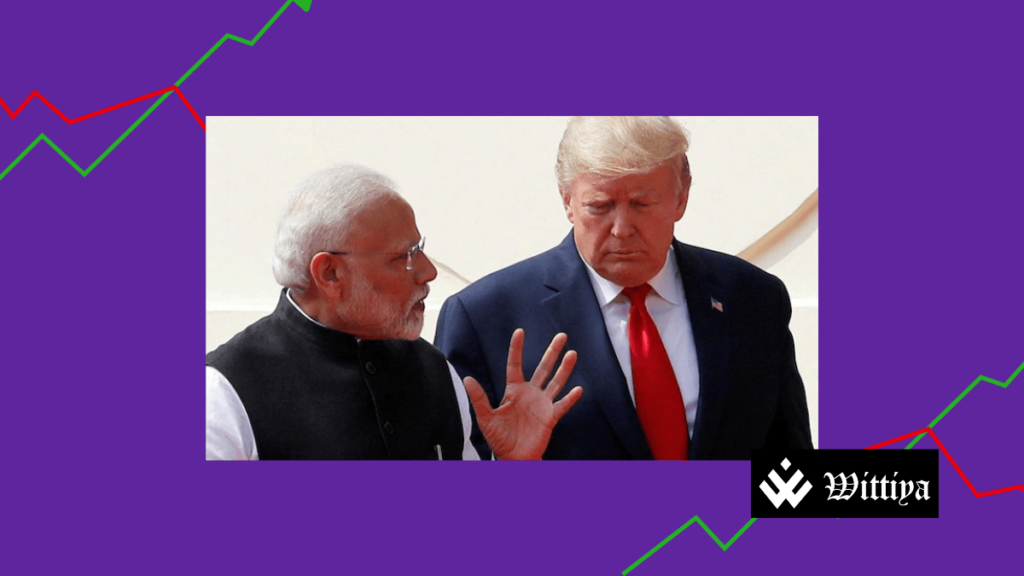India is considering reducing tariffs on imports such as automobiles, chemicals, pharmaceuticals, and electronics to counter potential reciprocal tariffs from the US under President Donald Trump. The move aims to maintain trade relations and secure a deal with the US, but concerns remain over an influx of cheap Chinese imports.
The Indian government is weighing significant tariff reductions on various imported goods, including automobiles, chemicals, pharmaceuticals, and electronics, as part of efforts to avoid potential US reciprocal tariffs. The move comes amid concerns that President Donald Trump’s trade policies could impose heavy duties on Indian exports, further straining bilateral economic relations.
Indian officials are currently in discussions to lower tariffs on a range of products. The decision is part of a broader strategy to maintain favorable trade relations with the US, India’s largest trading partner. Sources familiar with the matter have indicated that the discussions are ongoing and no final decisions have been made.
The proposals under review extend beyond the recent tariff reductions introduced by Prime Minister Narendra Modi’s administration, which included cuts on high-end motorcycles and bourbon whiskey. While these products have political significance in the US, they are not widely sold in India. The current plan, however, targets essential trade sectors that could impact overall economic growth.
India’s Trade Strategy
New Delhi is aiming to finalize a trade agreement with the US by fall 2025, following commitments made during the Modi-Trump summit earlier this month in Washington. While an immediate resolution is unlikely before April, when Trump’s reciprocal tariffs could take effect, Indian officials hope that visible progress toward a deal may exempt the country from higher levies.
As part of this strategy, the Ministry of Commerce and Industry is assessing the current tariff structure and exploring two key approaches: reducing overall average tariffs or implementing targeted sector-based reductions. Additionally, an internal review team is collecting input from other ministries and stakeholders to evaluate the impact of potential US tariffs on various industries. However, sources have confirmed that certain sectors, such as dairy, are unlikely to see tariff reductions.
US Trade Demands and India’s Response
The US has been pushing to increase its exports to India, particularly in sectors like energy, weapons, industrial goods, and agricultural products. India is reportedly compiling a list of products it imports from other nations but not from the US, assessing whether it can shift some of its sourcing to American suppliers.
On February 13, Trump signed a directive calling for a round of reciprocal tariffs, aimed at rebalancing trade relationships with multiple countries, including India. Under this directive, any trade action perceived as unfair could result in additional US tariffs.
Under Trump’s proposed reciprocal tariffs, all kinds of presumed unfair trade actions can be added to the tariff calculation, It remains to be seen exactly how this all plays out, but India is certainly at risk of facing high tariffs into the US in the near term.”
Deborah Elms, head of trade policy at the Hinrich Foundation.
Challenges Ahead for India
Despite the potential benefits of lowering tariffs to maintain US trade relations, Indian policymakers face challenges. Some officials worry that sweeping tariff cuts could lead to a surge in cheap Chinese imports, negatively impacting domestic industries. To counter this risk, India is considering implementing non-tariff barriers, such as stricter quality standards and anti-dumping duties.
At the recent Modi-Trump summit, both nations agreed to work toward a trade deal aimed at increasing bilateral trade from $127 billion in 2023 to $500 billion by 2030. The US has long sought to strengthen economic ties with India, viewing the country as a strategic counterbalance to China in the region.
While India navigates these trade negotiations, businesses and investors will closely monitor developments to assess the impact on key industries and overall economic stability.



